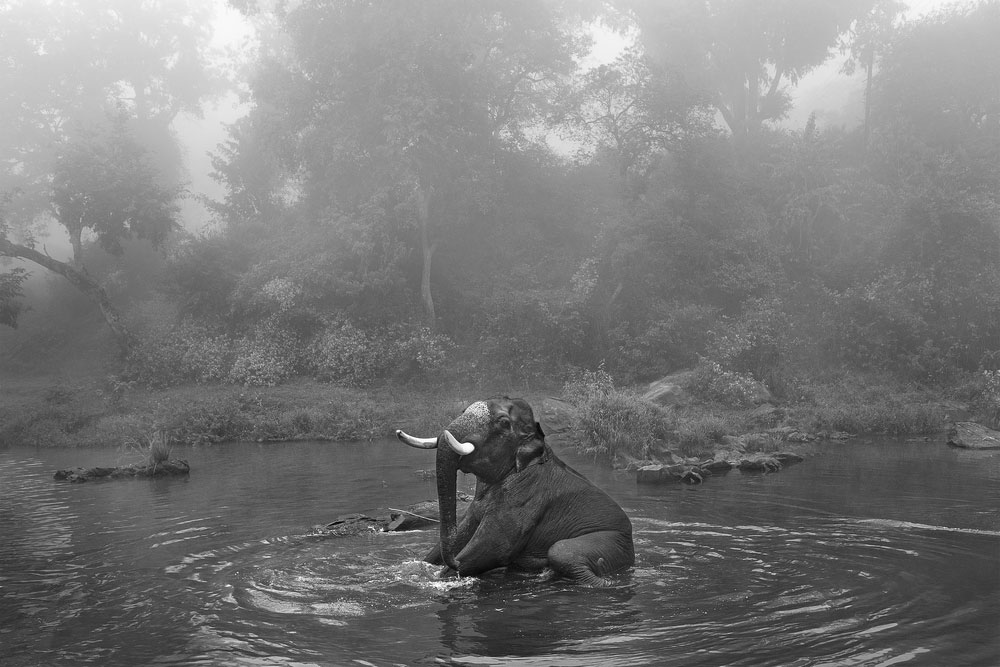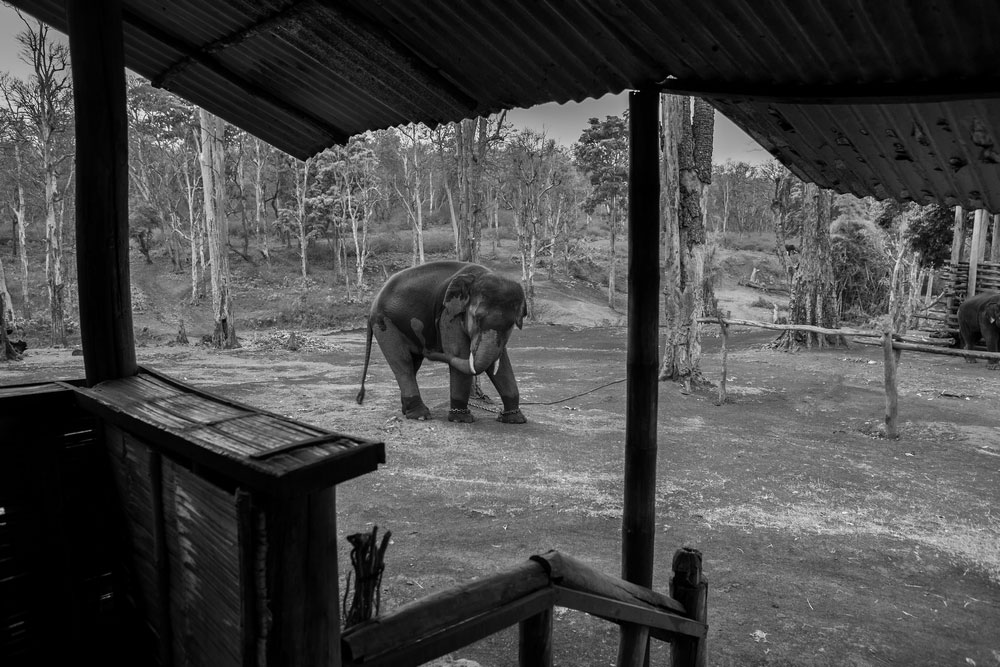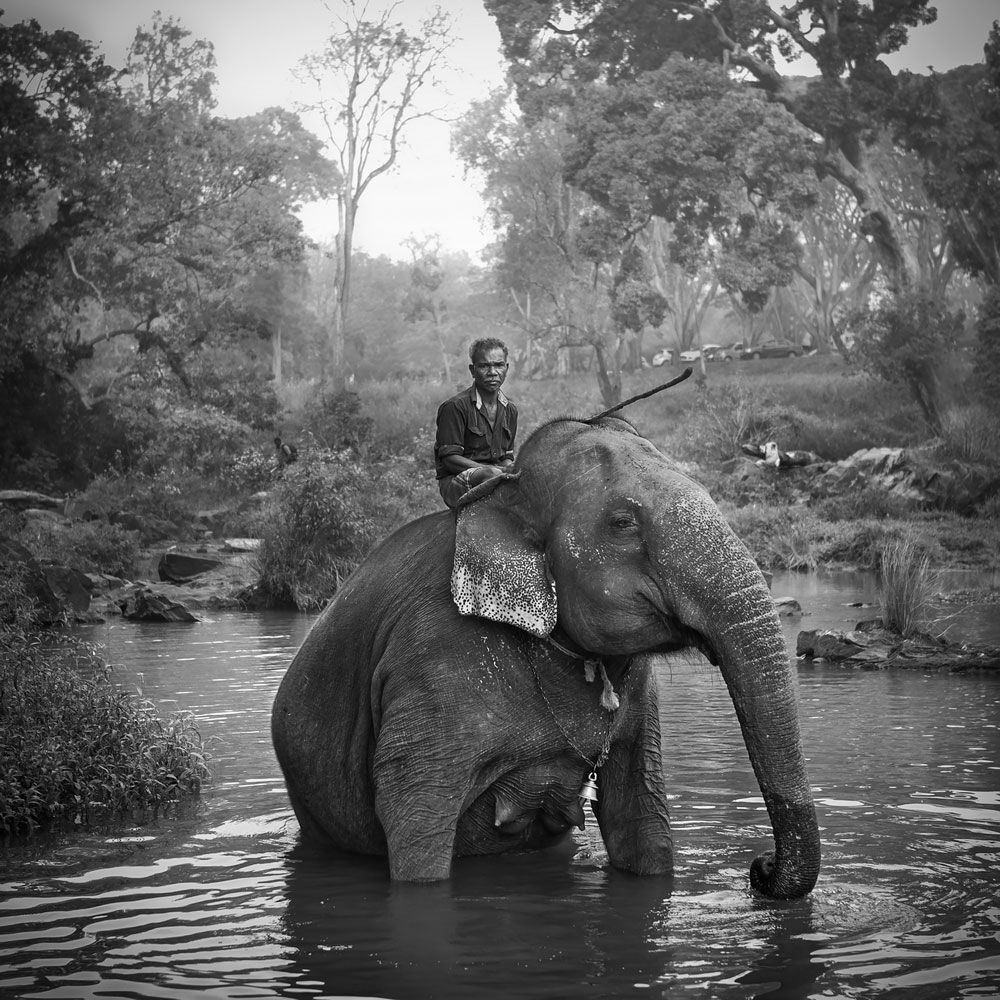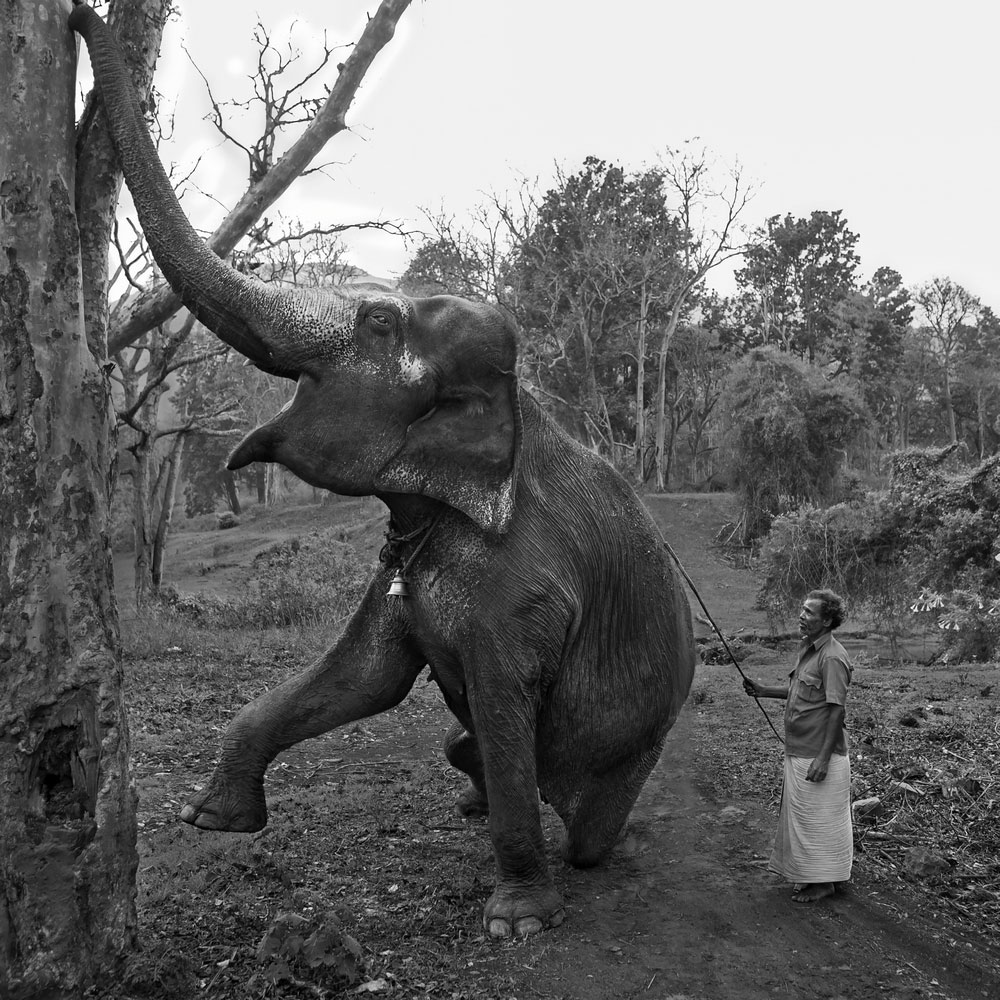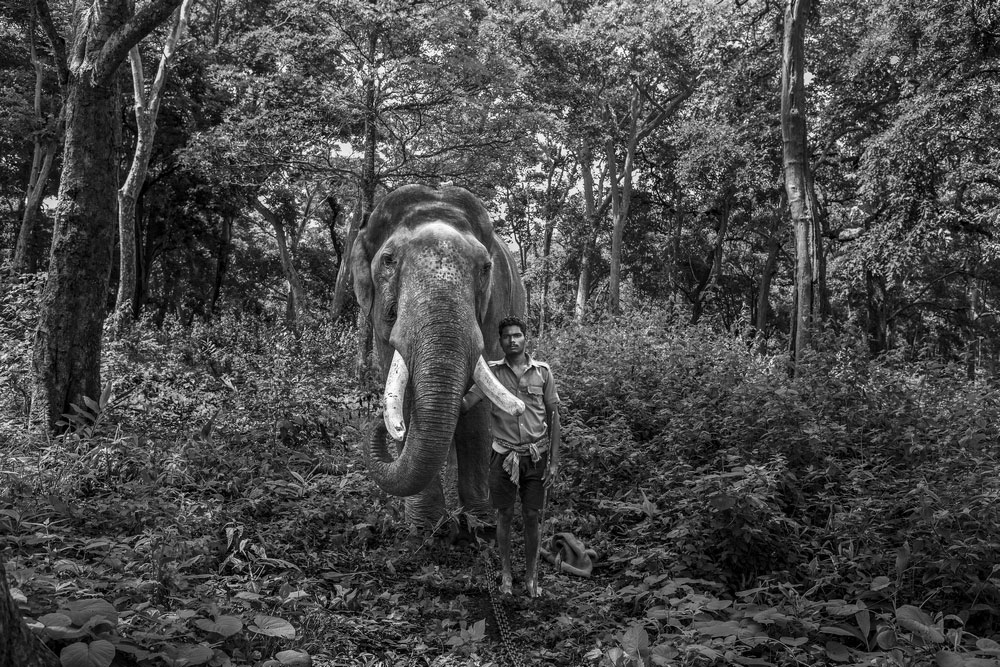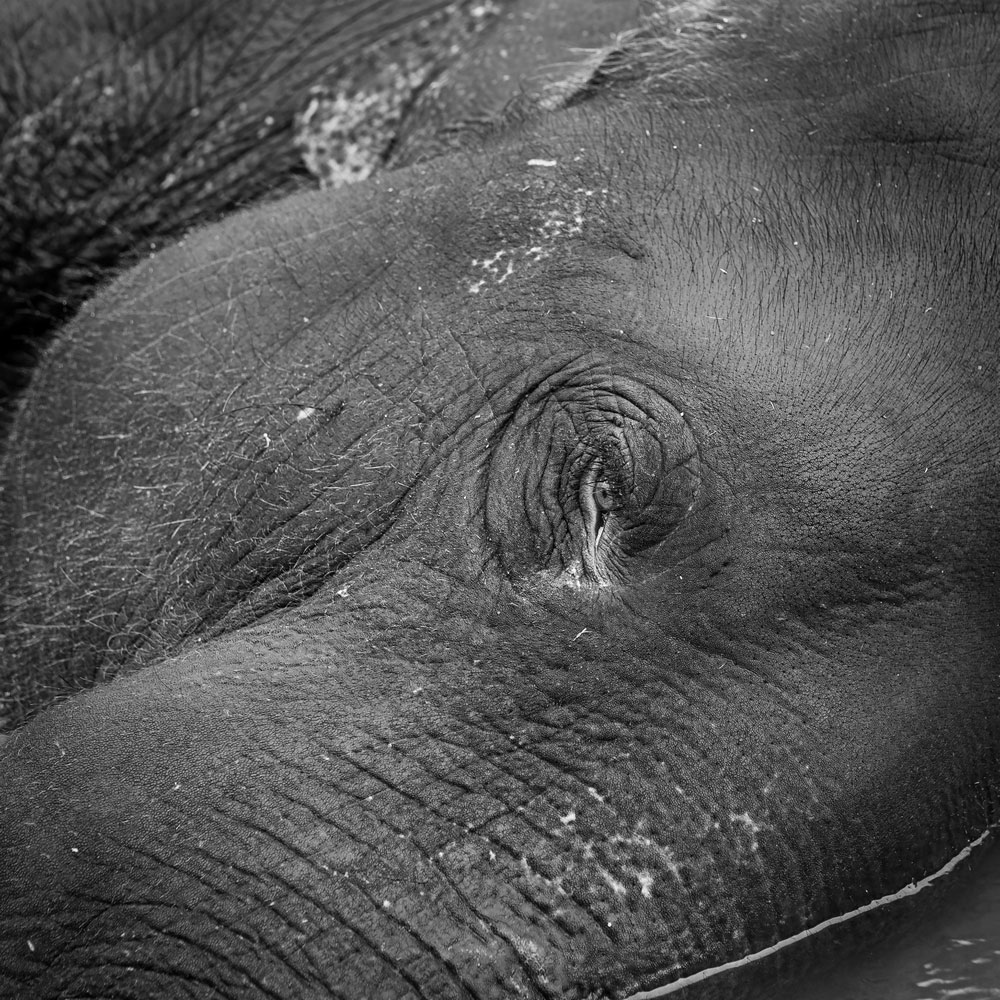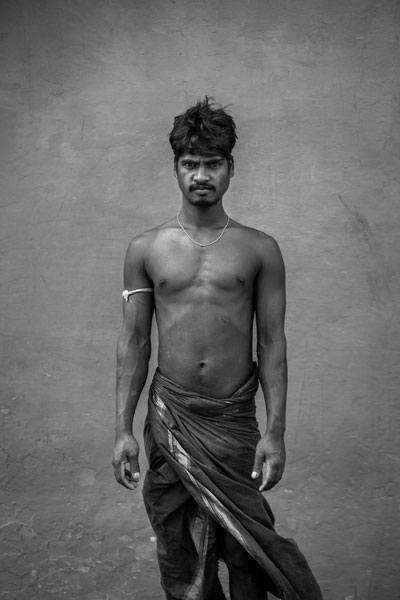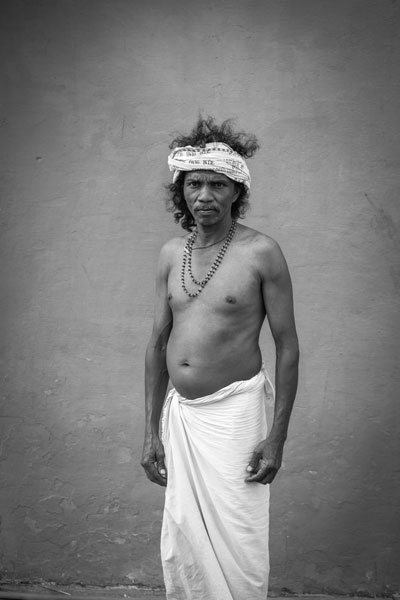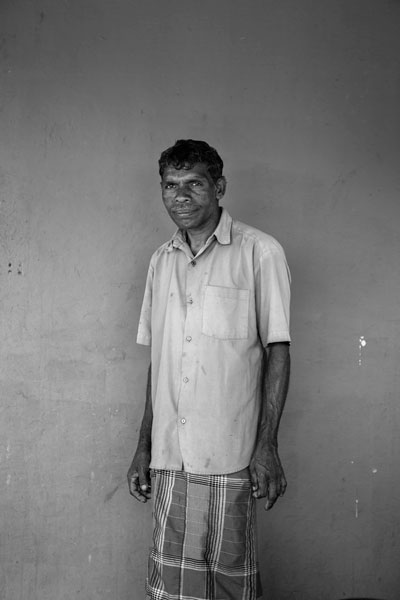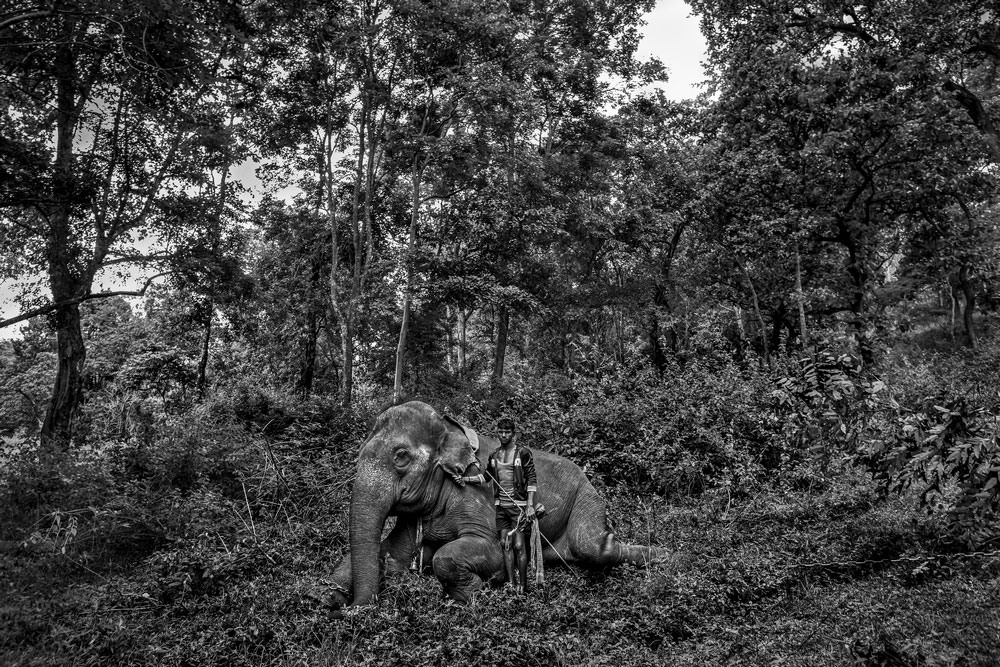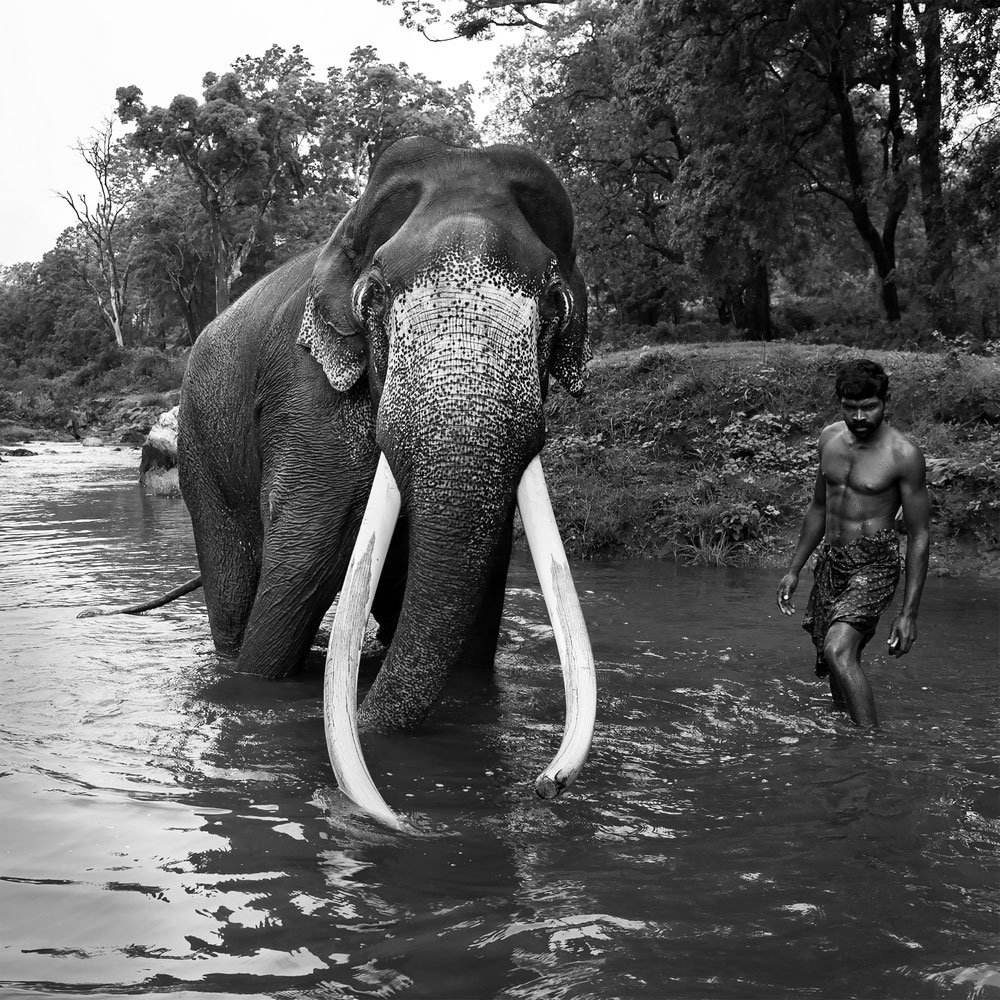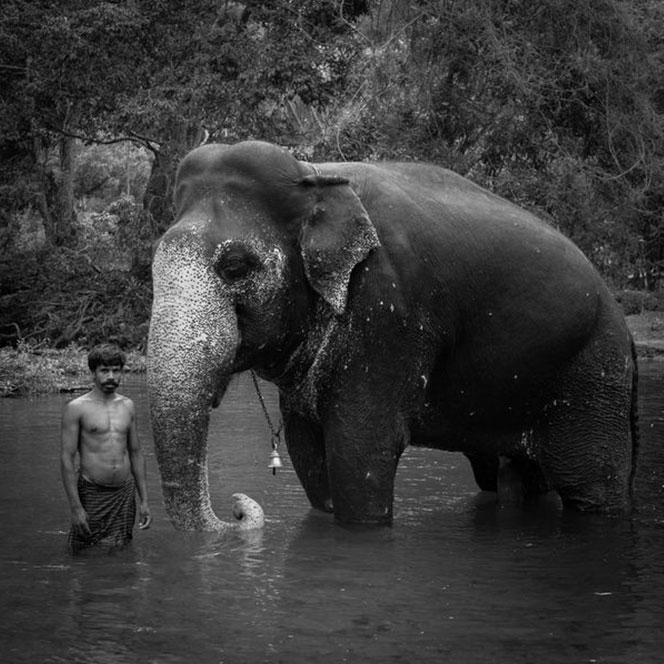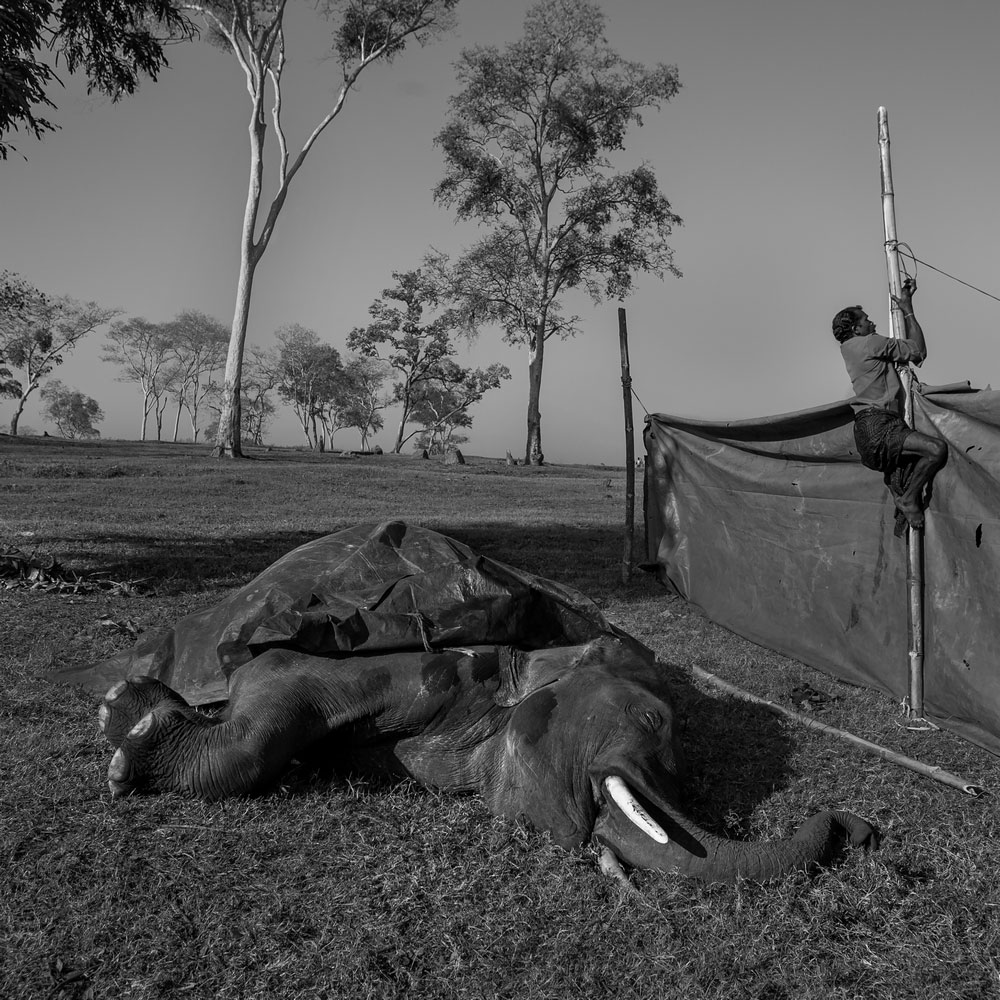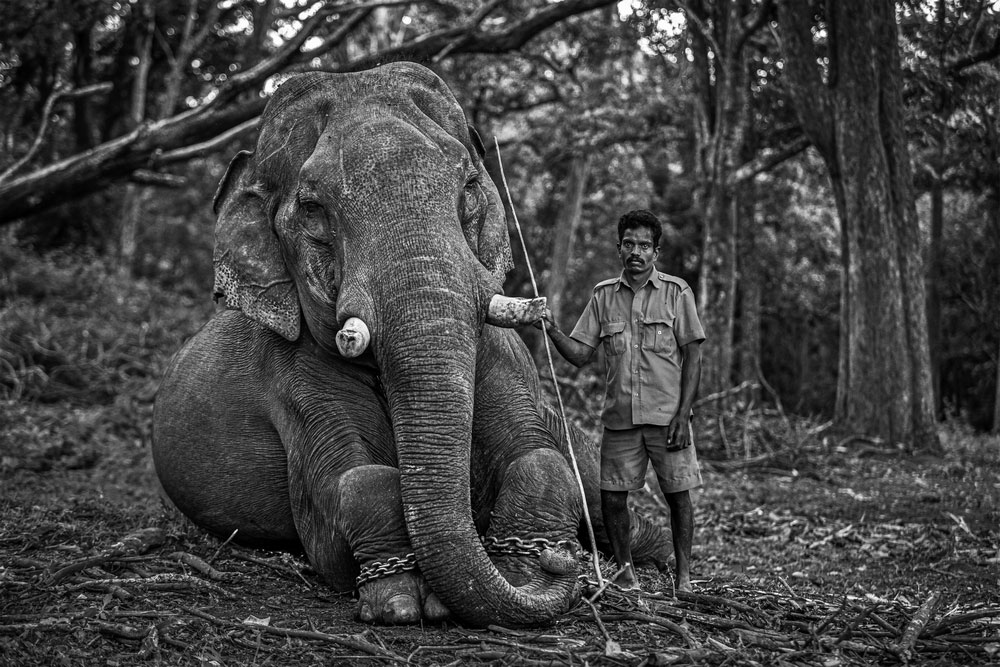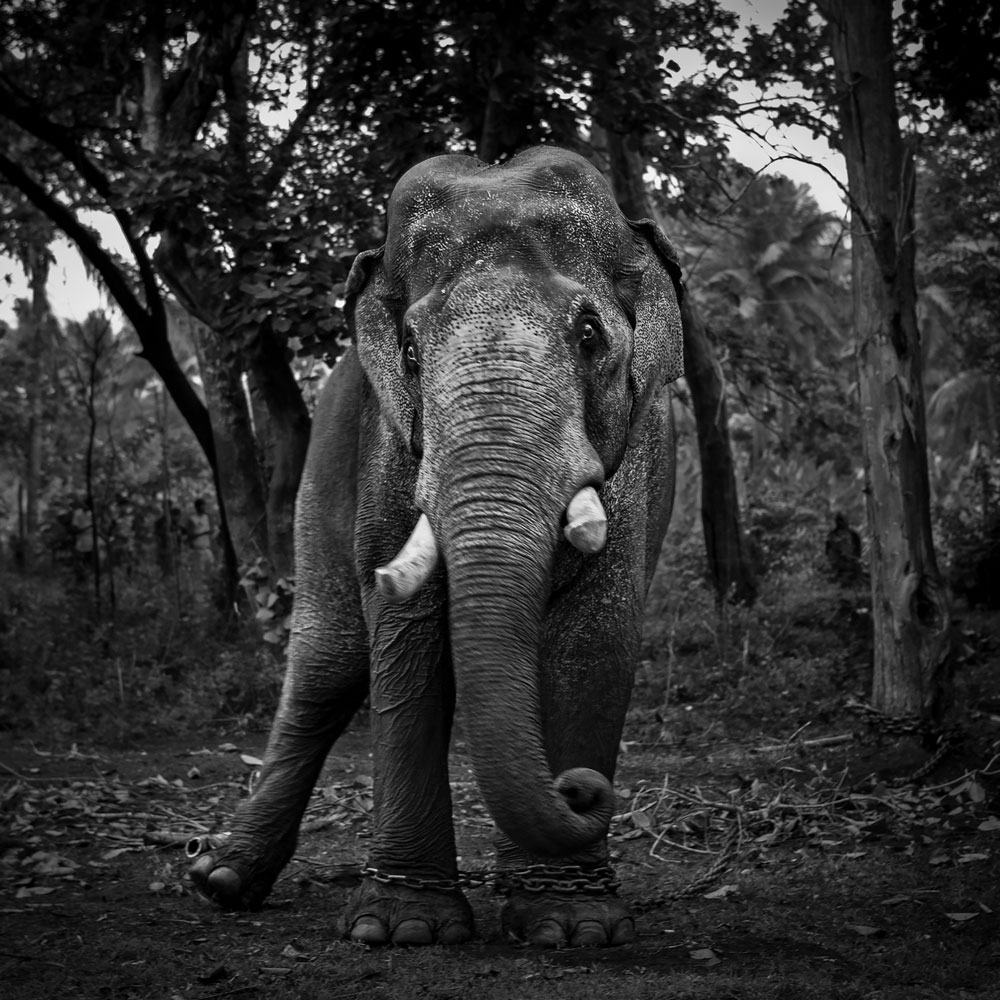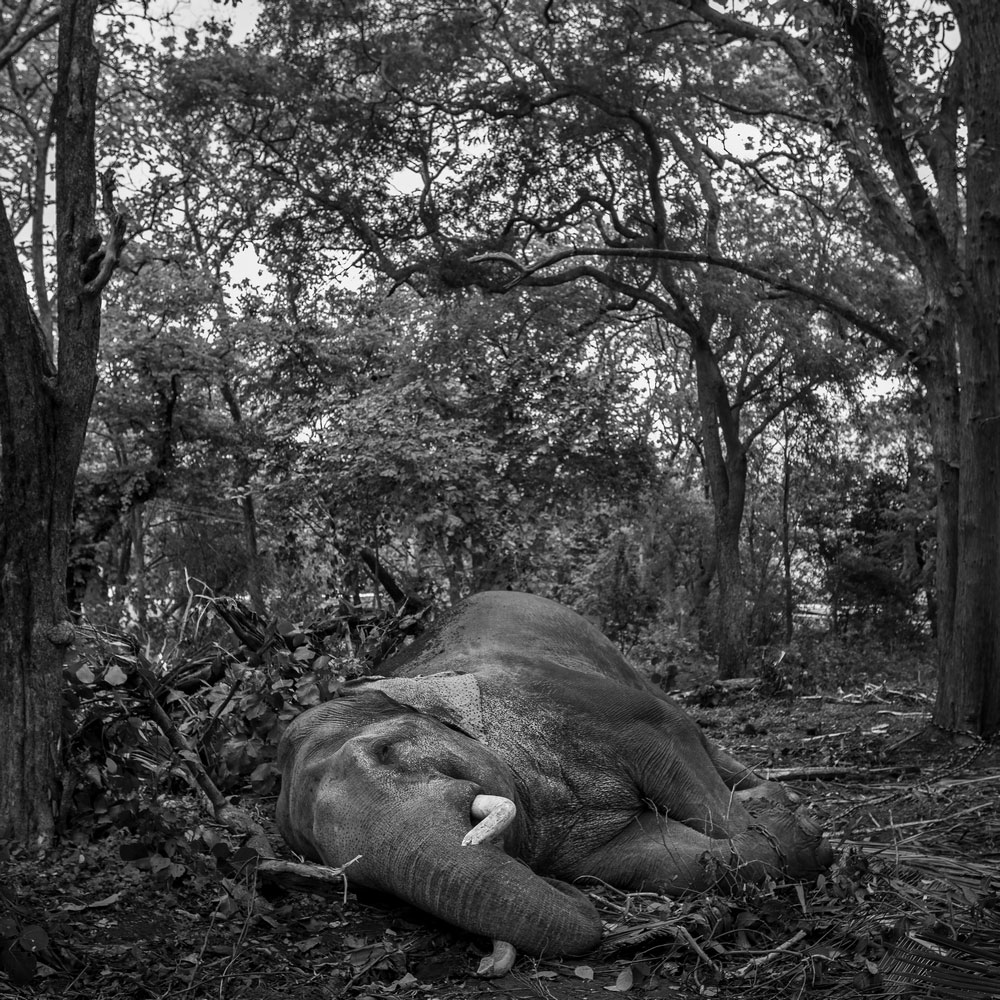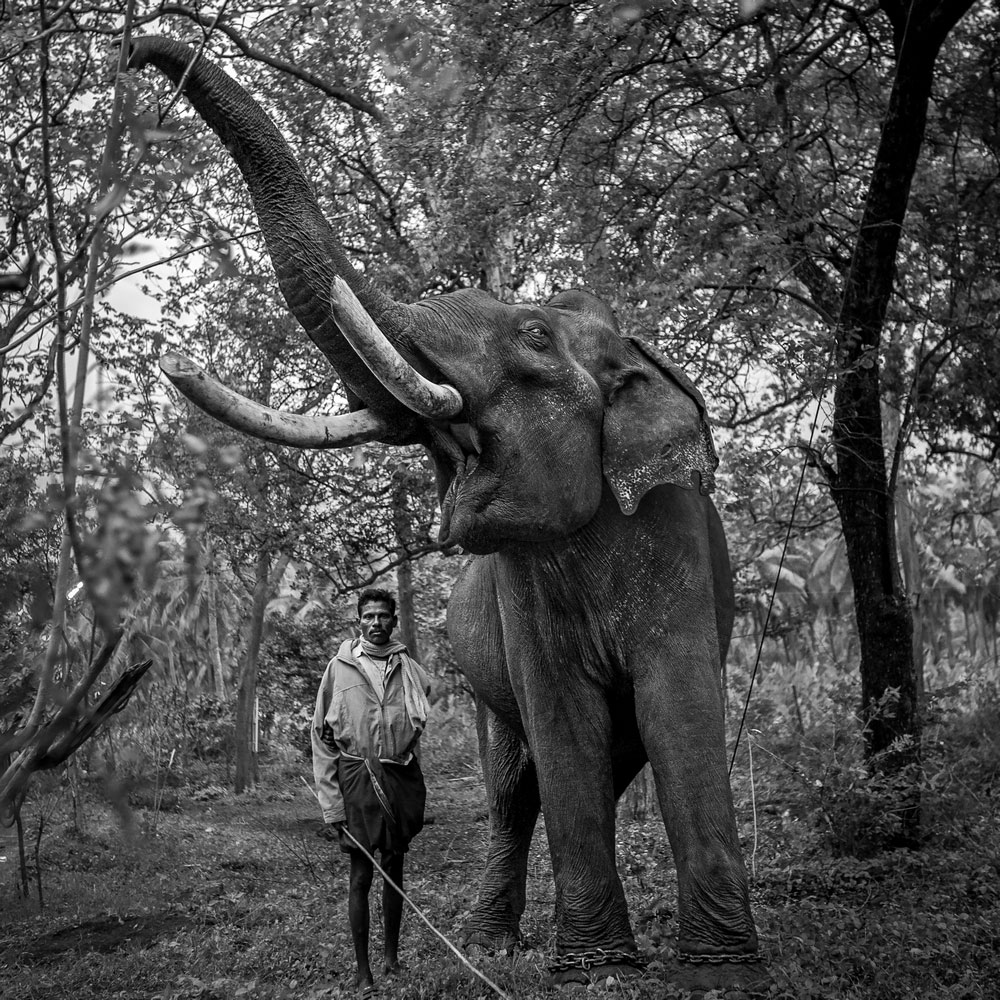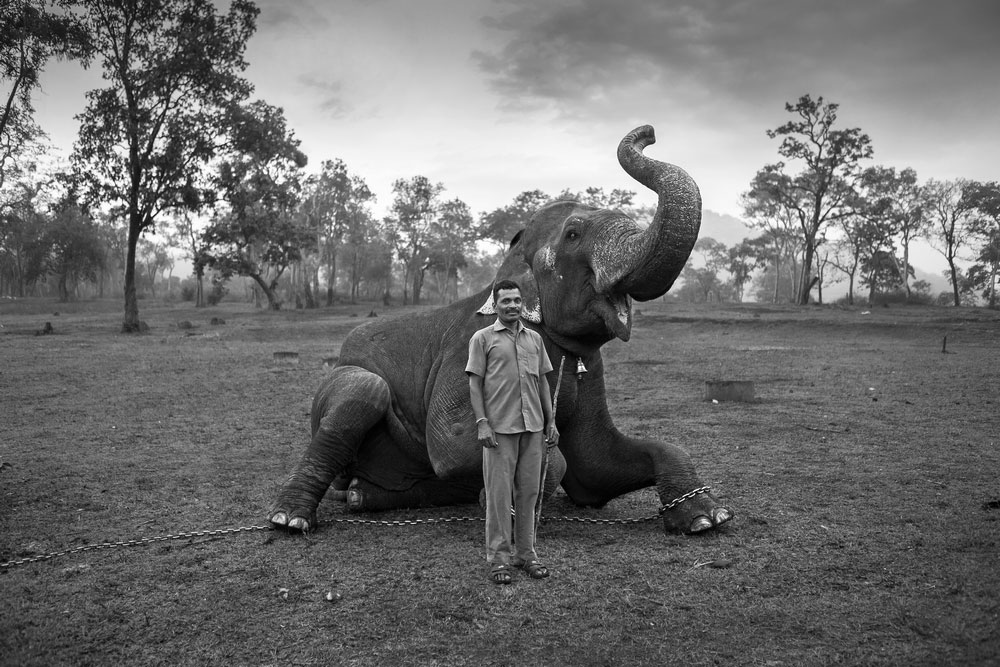Senthil Kumaran
Senthil Kumaran is an independent visual storyteller from South India. He holds an engineering degree in Computer Science but an immense interest in visual arts from his childhood led him to pursue a full-time career in photography. His works focused on social, environmental issues with a personal approach.
Over the past 8 years, his work has turned into Environmental & Wildlife Projects.
Senthil Kumaran is currently working on various reserves in India, to documenting his longtime project of Human & Animal conflict issues. Notable among them his documentation of various marine ecology and the underlying issues in the Gulf of Mannar biosphere, a photo story on the illegal animal trade in Cambodia, and more recently his documentary on captive wild elephants in South India. He has also been involved in developing interpretationcentres for wildlife sanctuaries and has made various conservation films.
Senthil Kumaran has won multiple awards from international organizations like POYi (International Picture of the Year), World Report Award, Istanbul Photo Awards, WWF, Pano, IUCN Melvita Nature Image Awards, UNESCO, TAPSA scholarship.
In 2007, he won the “Geographical Photographer of the Year Award” from Royal Geographic Society, London.
He also received the “Hope Françoise Demulder Grant” from Angkor Photography Festival, Cambodia, 2014.
He has been selected for the “World Press Photo” Talent Program 6×6 Asia Region, 2019, Netherlands.
